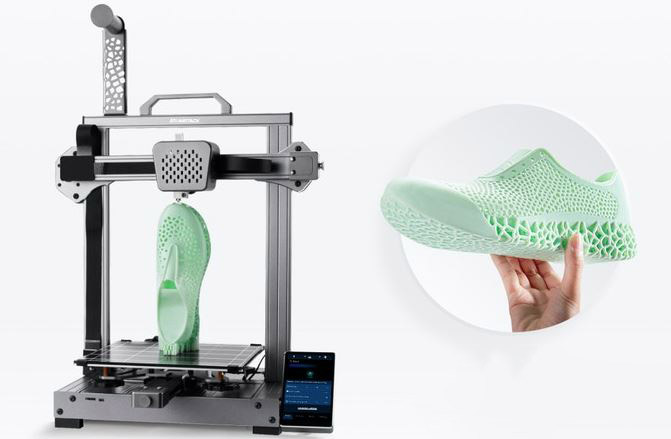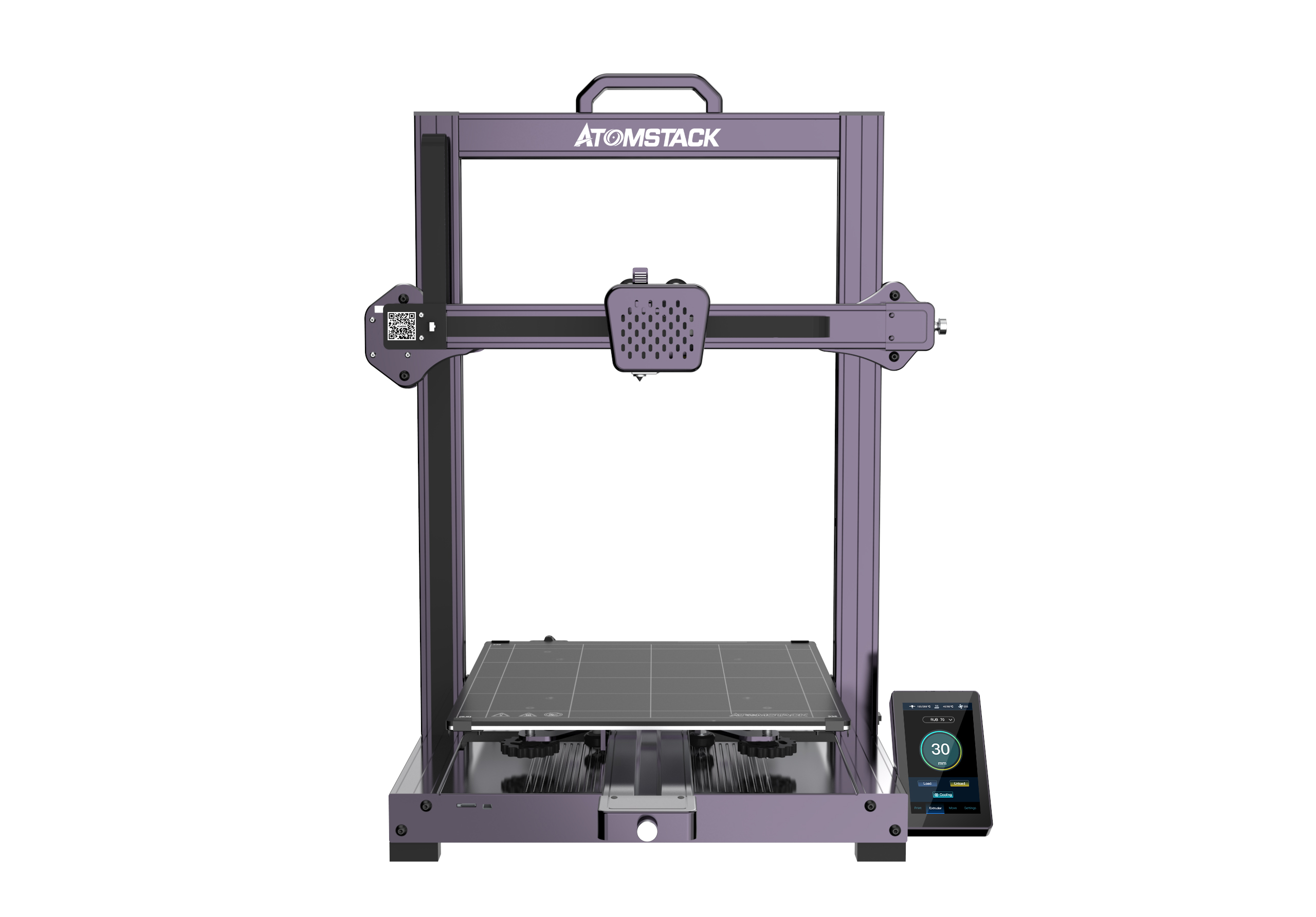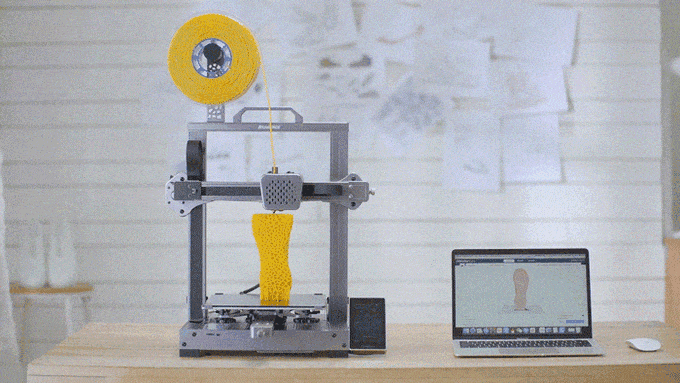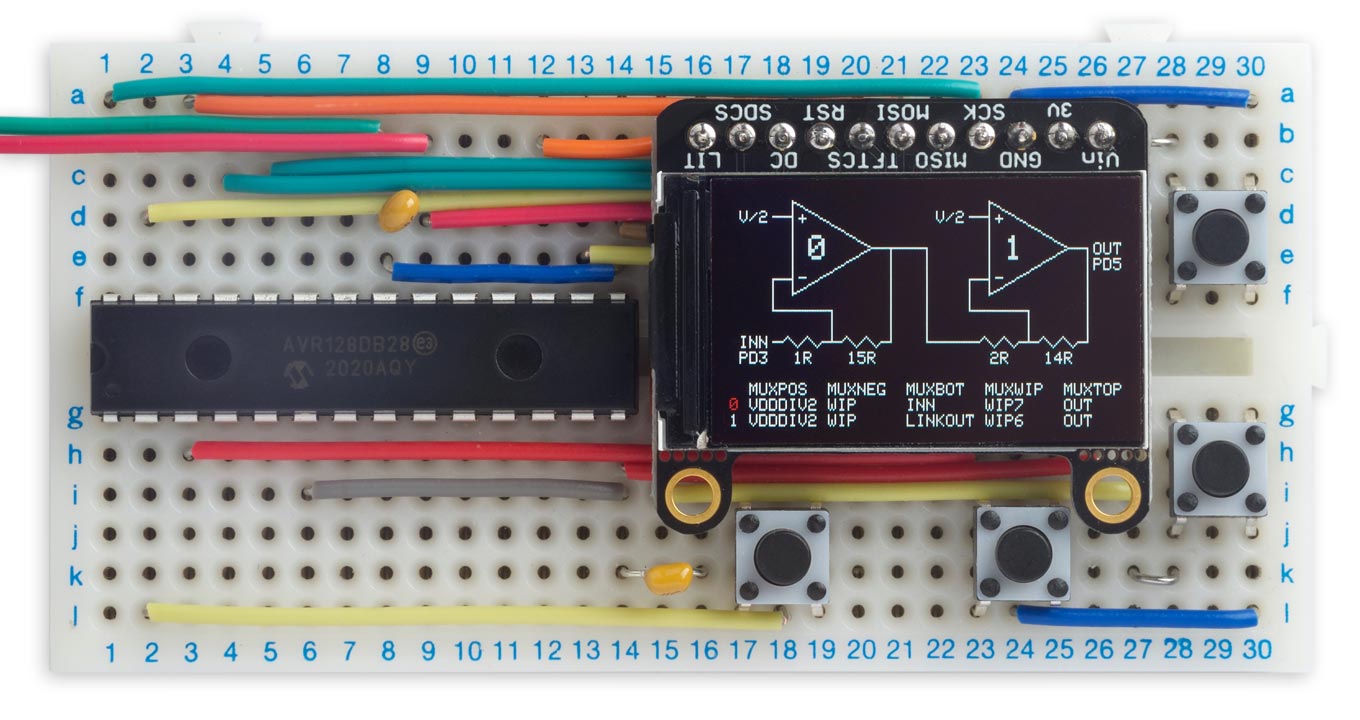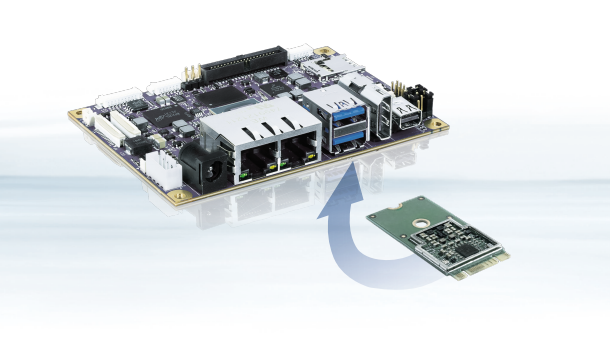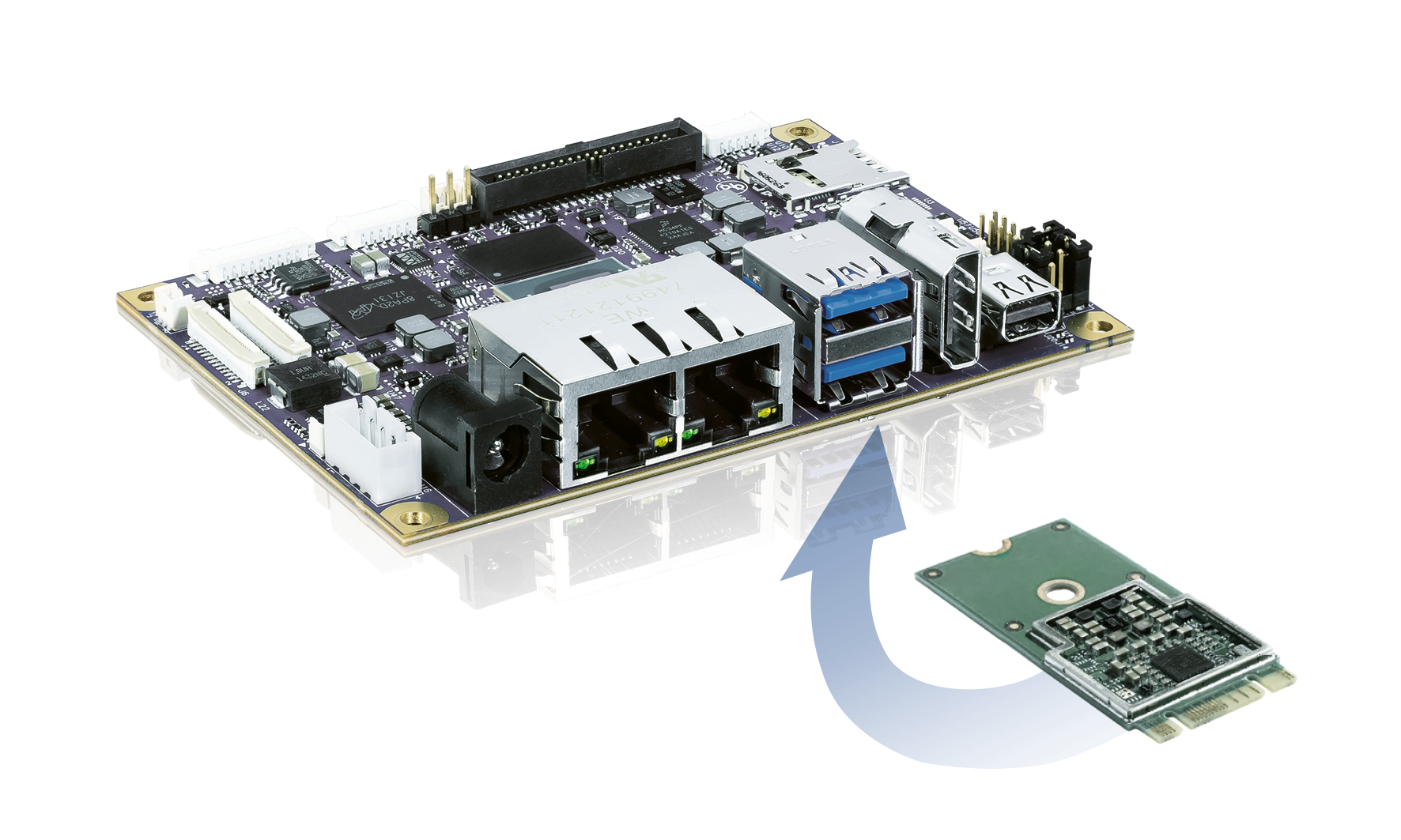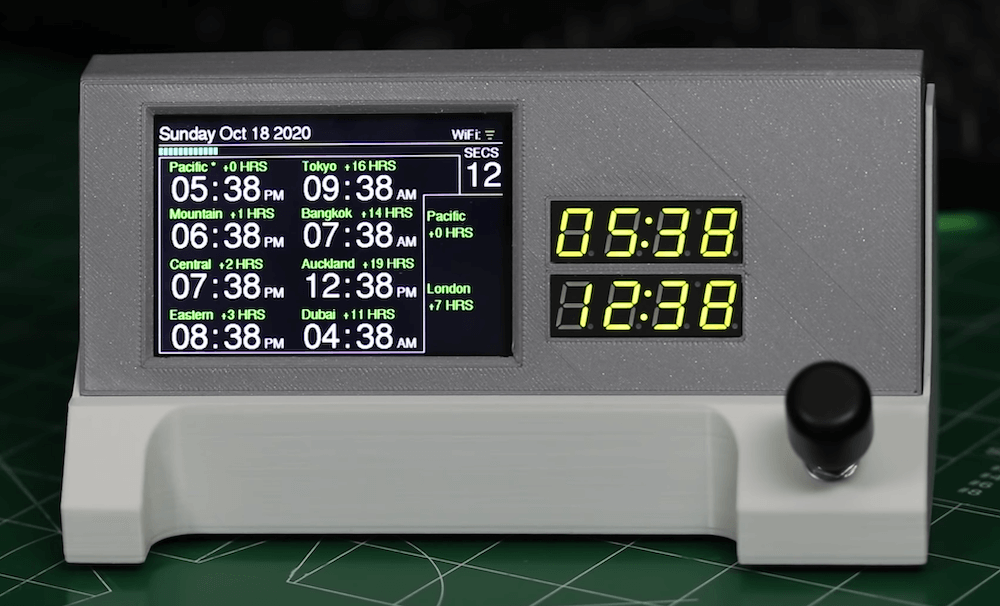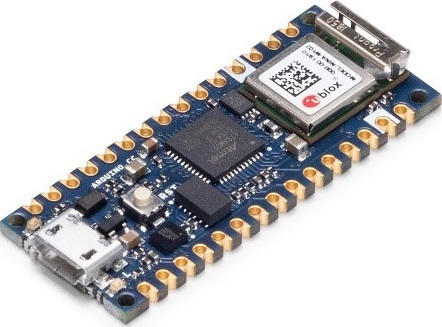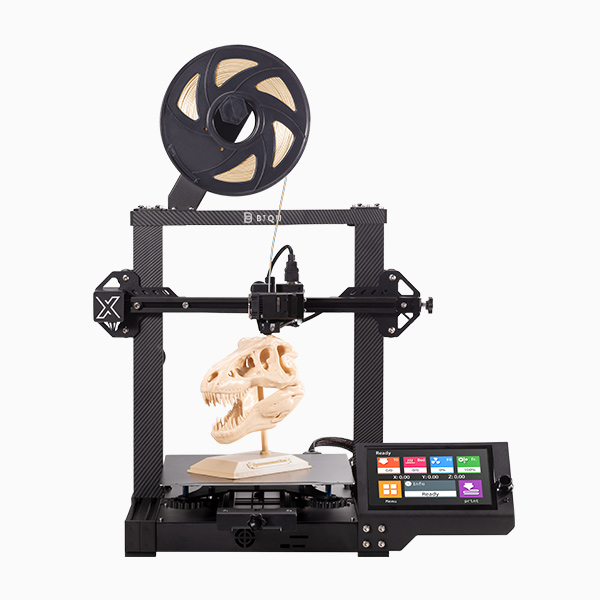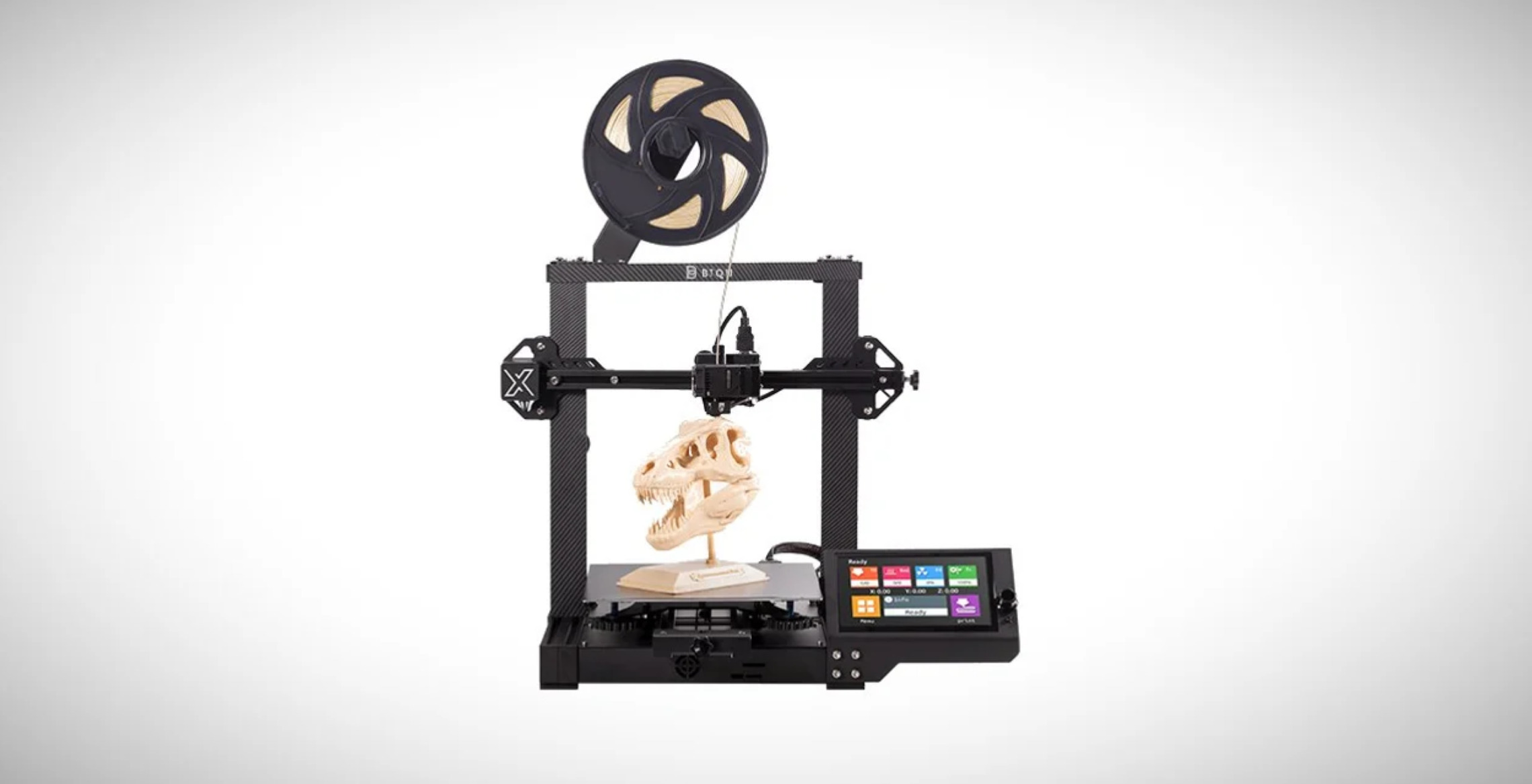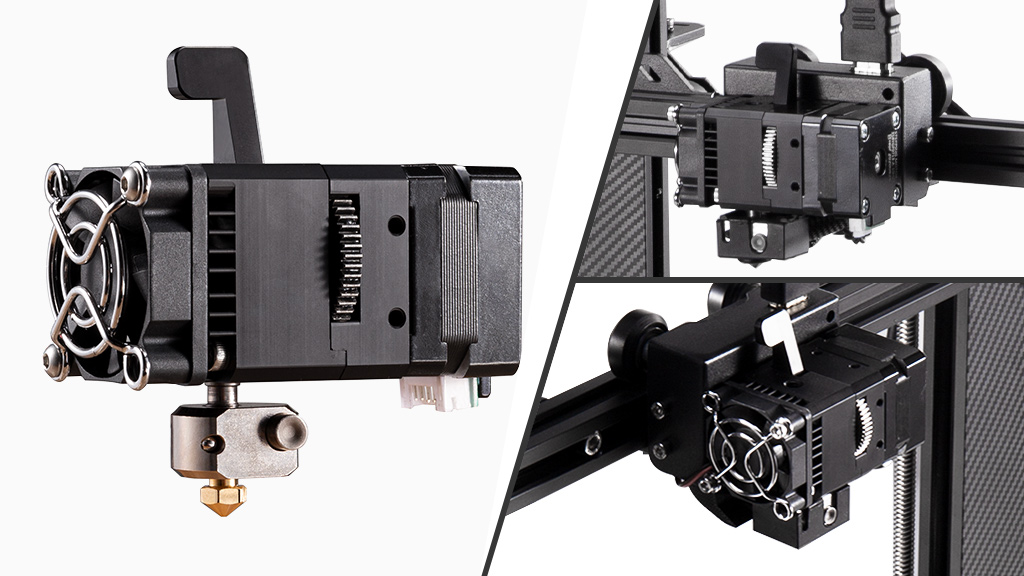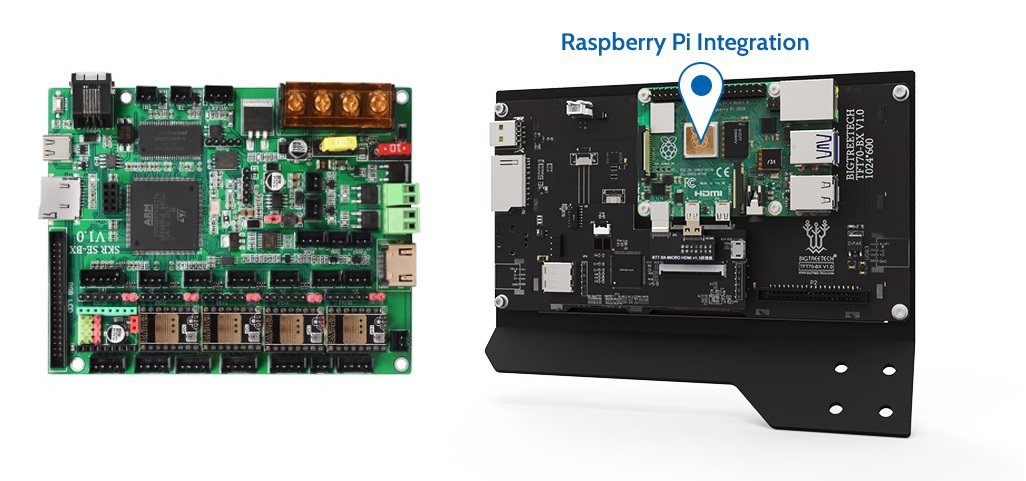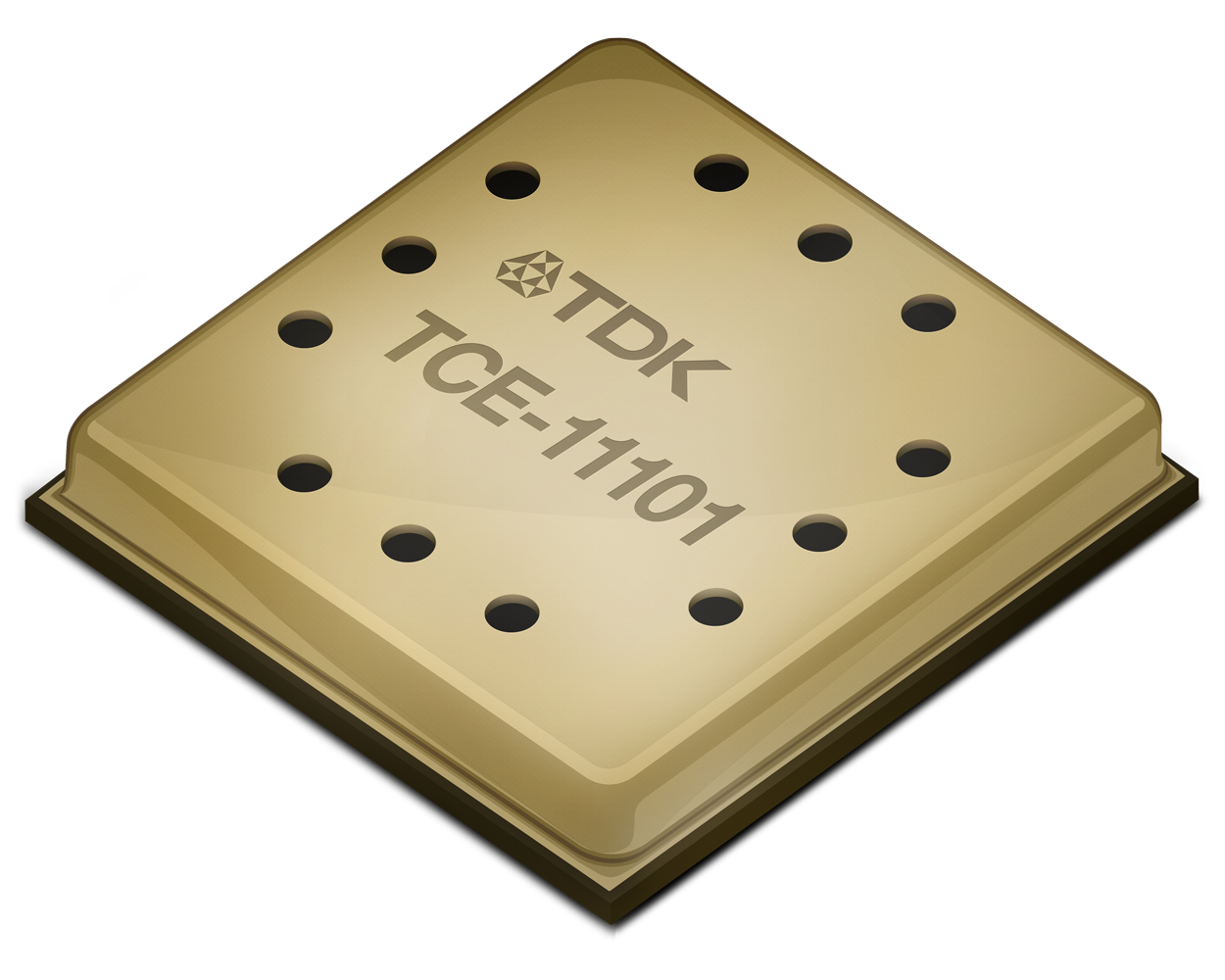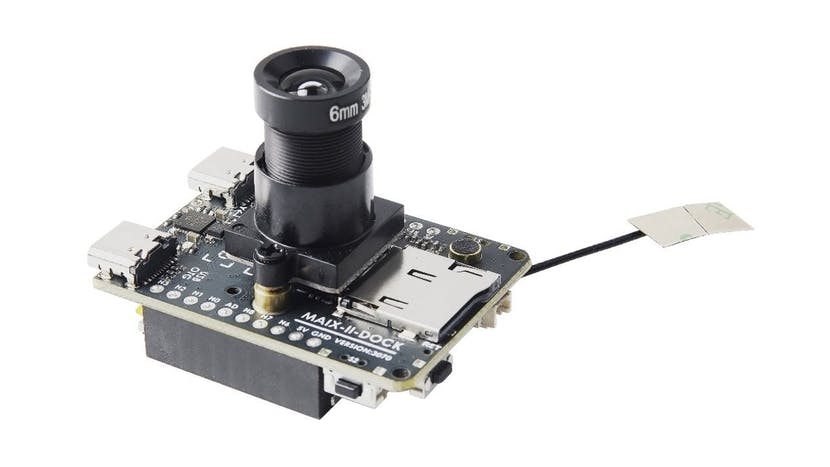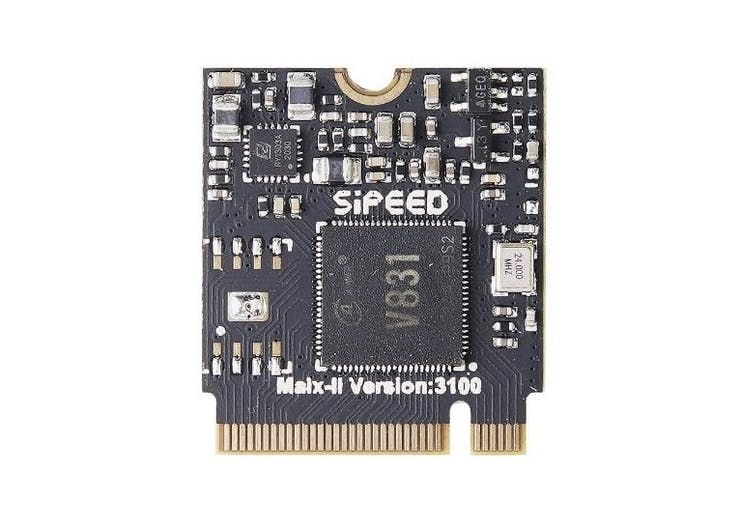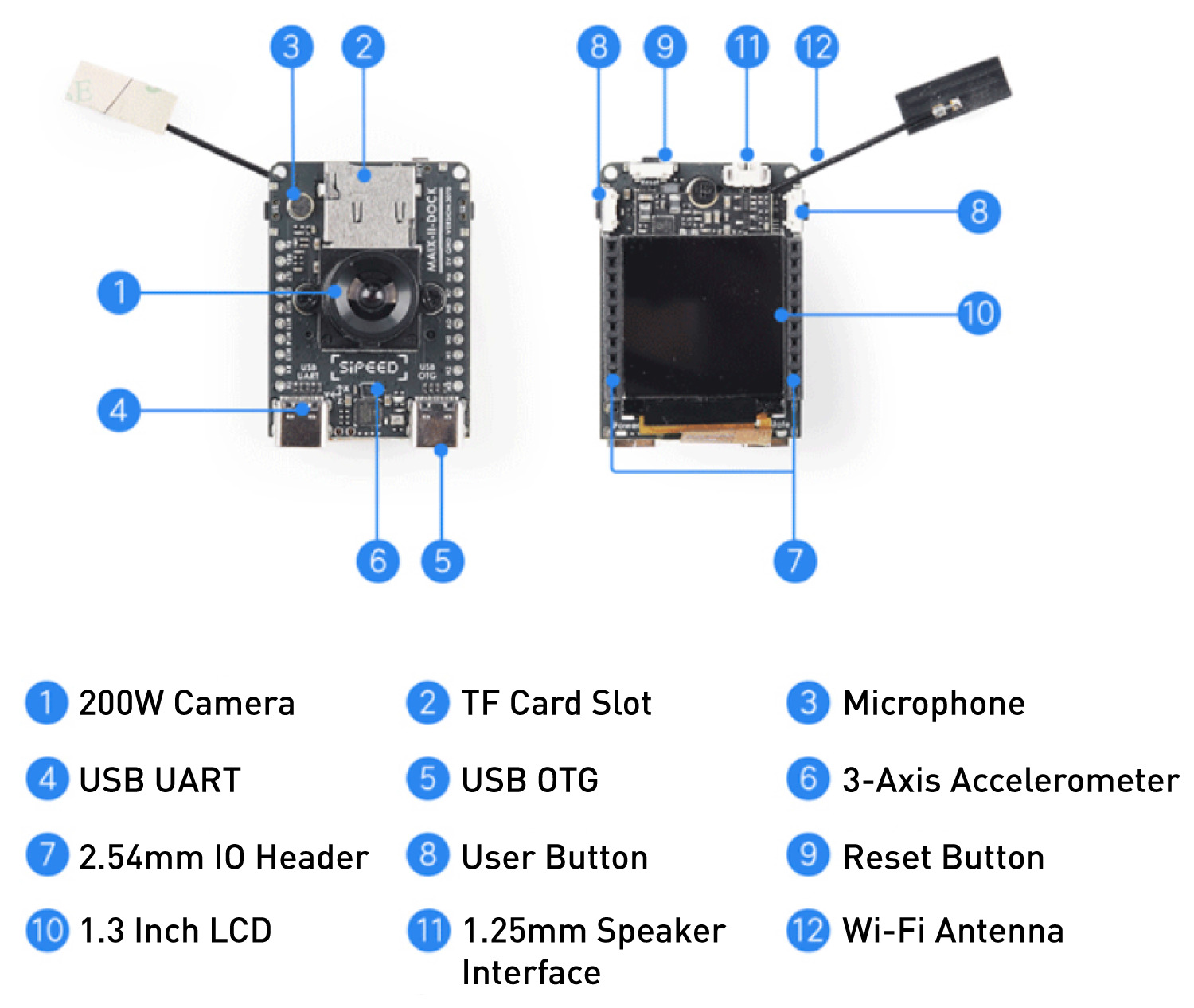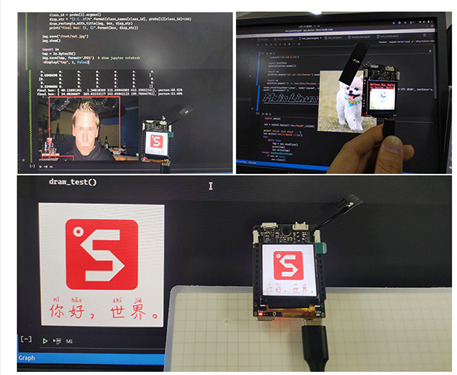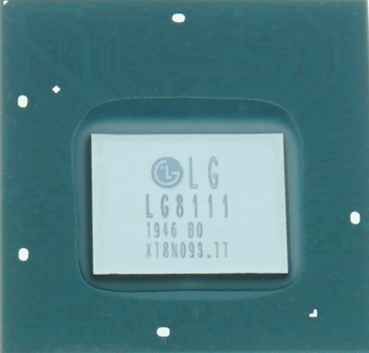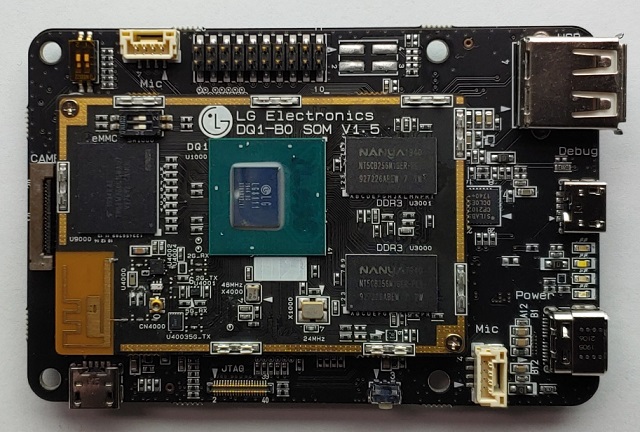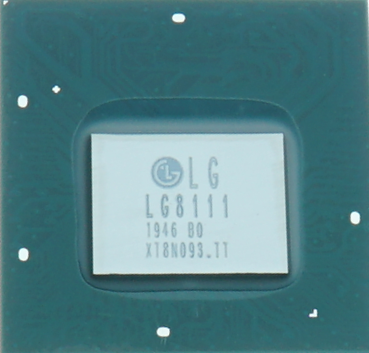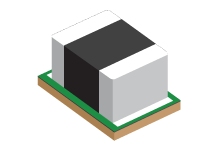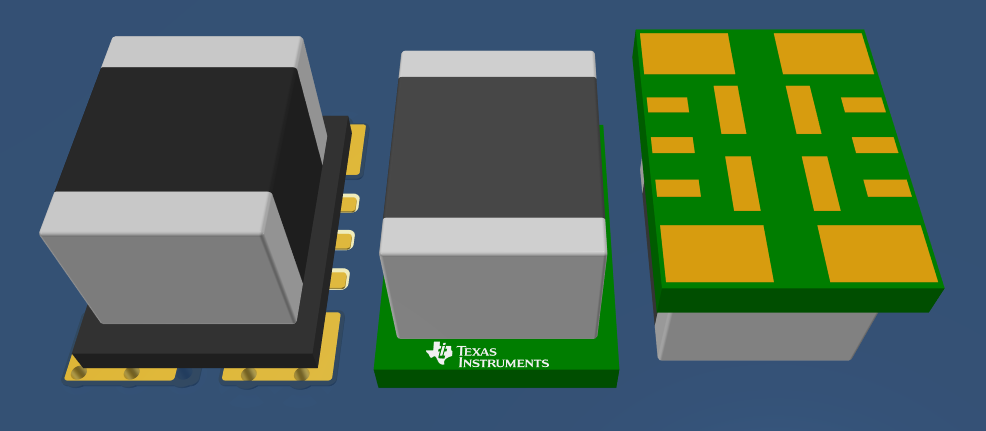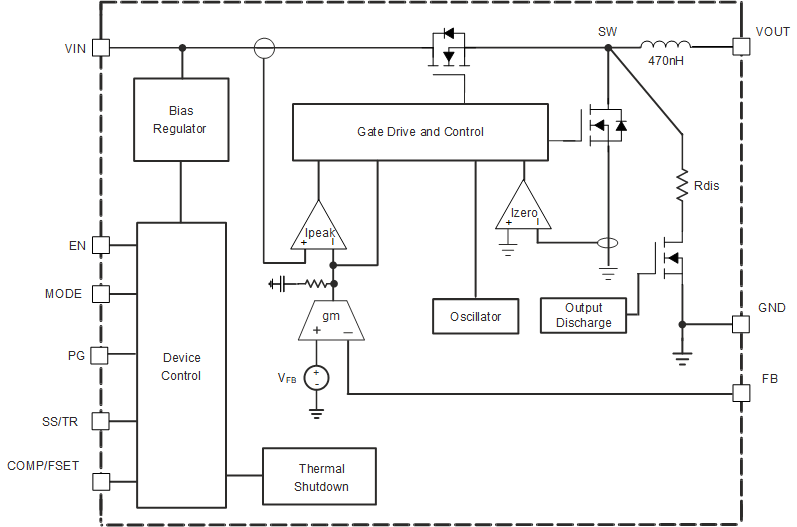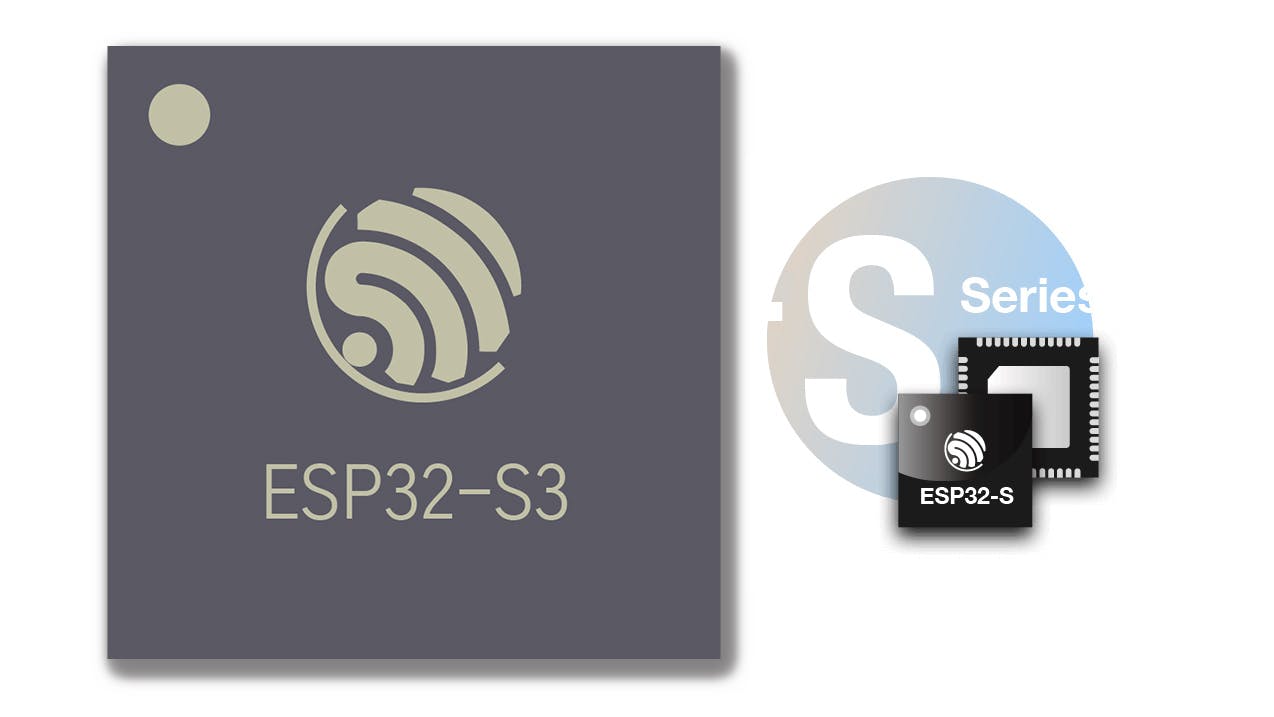
Espressif Systems has officially announced the arrival of the new SoC that adds AI features for AIoT applications.
“Responding to the ever growing significance of AI, we are delighted to announce the newest addition to Espressif’s series of MCUs, ESP32-S3, which has been specifically designed to address the needs of the AIoT market,” writes Espressif Systems.
The ESP32-S3 includes an updated dual-core MCU, extended I/O, AI-related instructions, and reliable security features. It is “the result of an overall optimization in terms of connectivity, AI computing power, security, IO availability, and peripheral interfaces.”
The ESP32-S3 will provide developers with an AIoT solution platform that is not only cost-effective but also easy to develop. It is fast, smart, and flexible with up to 44 programmable GPIOs for a host of commonly-used peripherals like SPI, I2S, I2C, PWM, RMT, ADC, DAC, UART, TWAI and SD/MMC host. It is also equipped with a ULP core that handles multiple low-power modes in such use-cases.
Key Features and Specifications of the ESP32-S3 include:
- 32-bit dual-core Tensilica LX7 processor running @ up to 240 MHz with additional vector instructions support for AI acceleration
- Additional vector instructions support for AI acceleration
- 512KB SRAM
- 384 KB of ROM
- Octal SPI flash and PSRAM support
- 2.4 GHz 802.11 b/g/n Wi-Fi 4; 40 MHz bandwidth
- Bluetooth LE 5.0 with long-range support and up to 2Mbps data rate
- 44x programmable GPIOs
- SD/MMC host, SPI, I2C, PWM, UART, RMT, TWAI, ADC, DAC, I2S
- USB OTG
- Security Features:
- Digital signature peripheral (for hardware-accelerated message signing)
- HMAC module (for message authentication)
- RSA-based secure boot (verifies the RSA-PSS signature of an application image before executing it).
- AES-XTS-based flash encryption (for off-chip flash memory)
- “World Controller” peripheral with two fully-isolated execution environments and one trusted-execution environment (Isolates security-sensitive data tasks from the rest of the application)
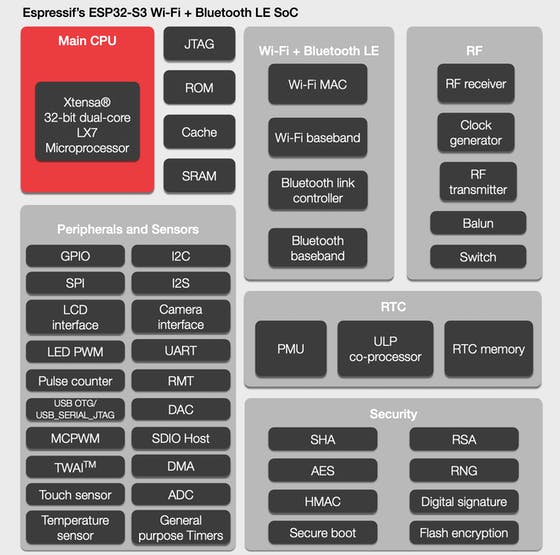
The ESP32-S3 is more comparable with ESP32 dual-core LX6 WiSoC since it is also a dual-core WiFi and Bluetooth LE SoC.
Here are some of the major differences between the two:
- ESP32-S3 is faster than the ESP32 because it has a 240 MHz stock frequency while the ESP32 has 160 MHz.
- Vector extension in ESP32-S3 makes it specifically faster for AI applications.
- ESP32-S3 has larger capacity and higher-speed SPI flash and PSRAM chips.
- I/O are more in ESP32-S3 than in ESP32
- ESP32-S3 has more security features
- Ethernet MAC interface is absent in ESP32-S3 but present in ESP32
What’s more? The new SoC is supported through the popular ESP-IDF platform that offers unparalleled support policy and regular updates. Developers can easily build new applications or move the ones they have built to the ESP32-S3 platform to continue with the ESP-IDF tools and APIs.
More details on the ESP32-S3 may be found on the company’s news page.



